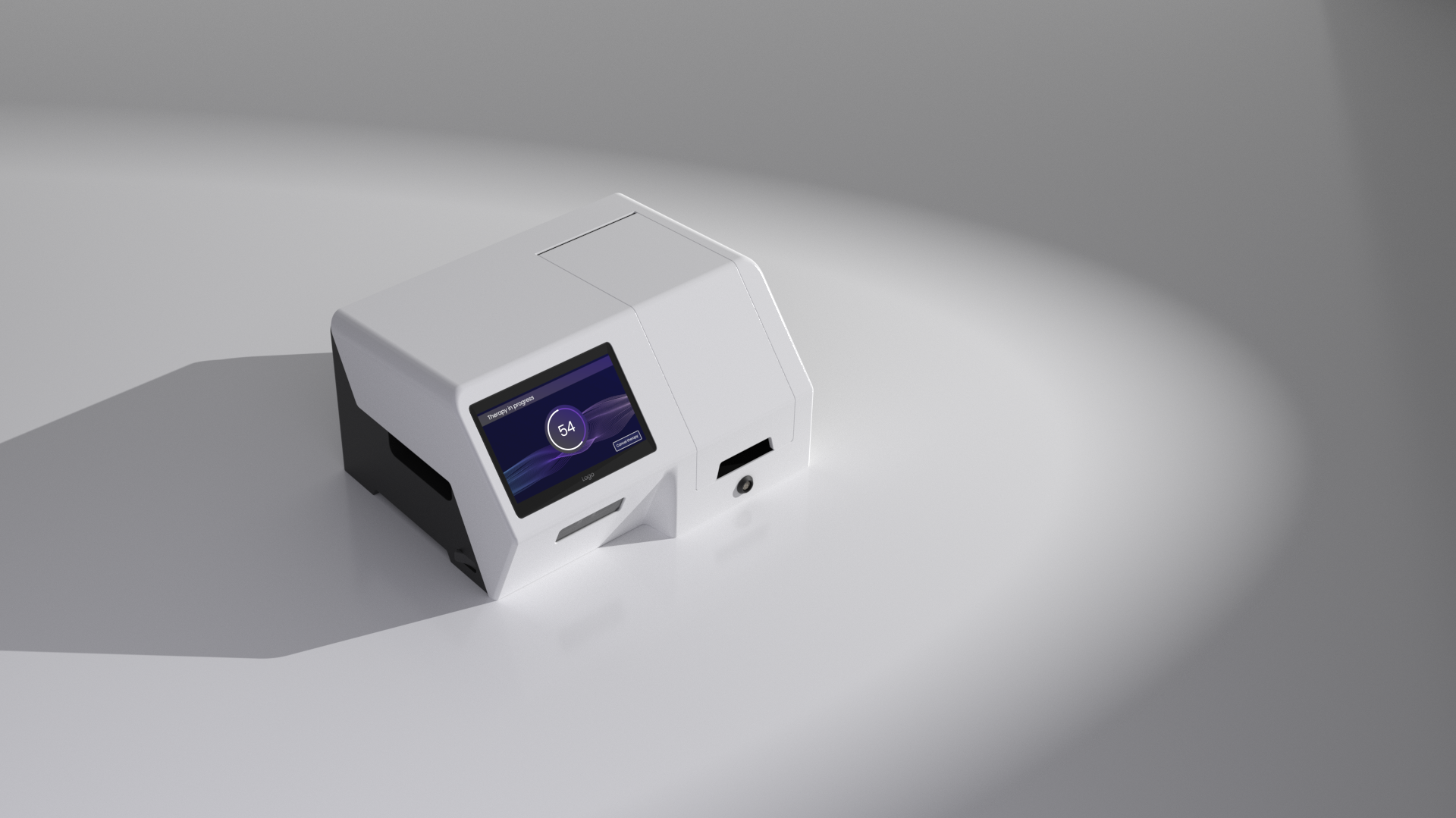
Making life-saving therapies portable and convenient
A startup developing a new approach to drug creation and delivery brought in our team at Meddux to design and develop the hardware for their drug delivery. We created the initial design for their handpiece and generator to work together as a system to facilitate the needs of both the clinician and the patient.
Process:
- User Research
- Concept Generation
- Rapid Prototyping / Model Making
- Industrial Design
- User Studies
Workflow and positioning
Through desktop studies, role-playing, and interviews we developed a foundational understanding of the intended users, use environment, patient positioning, and procedural workflow.
With this procedural understanding, we began brainstorming potential designs for the handpiece and generator, as well as workflows to address the most challenging steps of the procedure. We interviewed users and stakeholders to refine concepts.
Form and function
Image boards helped the team align on a cohesive aesthetic direction, enabling us to further develop our handpiece and generator concepts. We concentrated on refining the overall form and aesthetics while incorporating key touchpoints from interview insights.
Looks like, feels like generator model
Based on inputs from the generator engineering team, there was concern about portability and certain use cases of the generator. We created a scale model of the generator including the current design direction, user touchpoints, and realistic overall weight.
This model allowed the team to role-play interactions with a looks-like, feels-like generator to evaluate the intended workflow in context and visualize the aesthetic design.
Handpiece architecture and workflow feedback
Handpiece prototypes were rapidly developed, tested, and iterated upon based on user feedback. Using this process we honed in on a user interface design that allowed for reusability of the handpiece and simplified the procedure and setup.



